 Superfine fiber Green Facial mask cloth 40g
Superfine fiber Green Facial mask cloth 40g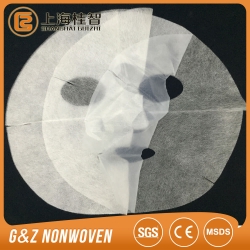 Coconut bio Fiber Mask
Coconut bio Fiber Mask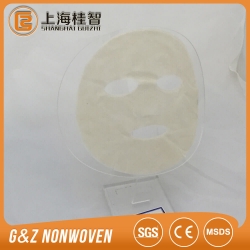 Peppermint facial mask cloth
Peppermint facial mask cloth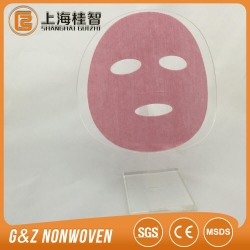 Red wine fiber Facial mask cloth
Red wine fiber Facial mask cloth Aloe fiber Facial mask cloth
Aloe fiber Facial mask cloth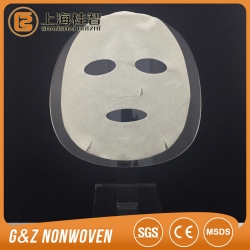 olive fiber Facial mask cloth
olive fiber Facial mask cloth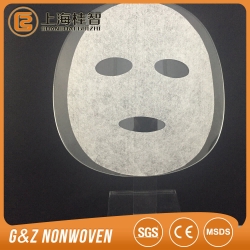 Imitation 60G Slines Hard
Imitation 60G Slines Hard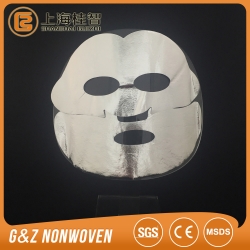 Silvery Superconducting mask
Silvery Superconducting mask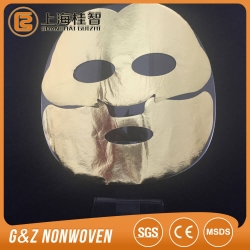 Golden Superconducting mask
Golden Superconducting mask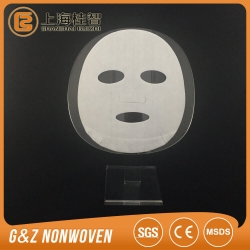 30%Viscose+70%Terylene Facial mask
30%Viscose+70%Terylene Facial mask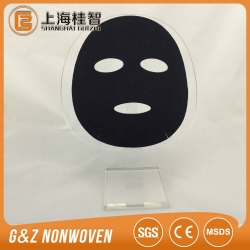 Dark blue silk Facial mask cloth
Dark blue silk Facial mask cloth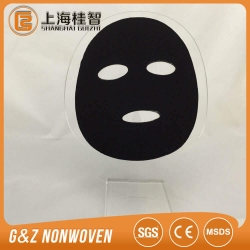 Charcoal Mask base cloth Dry film
Charcoal Mask base cloth Dry film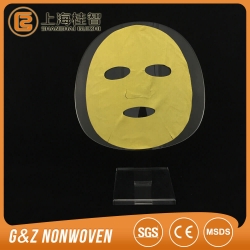 Very fine fiber Yellow
Very fine fiber Yellow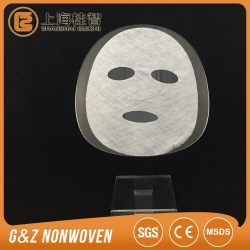 Water soluble cloth
Water soluble cloth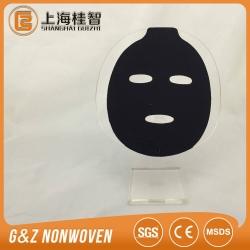 Binchotan fiber Facial mask cloth
Binchotan fiber Facial mask cloth